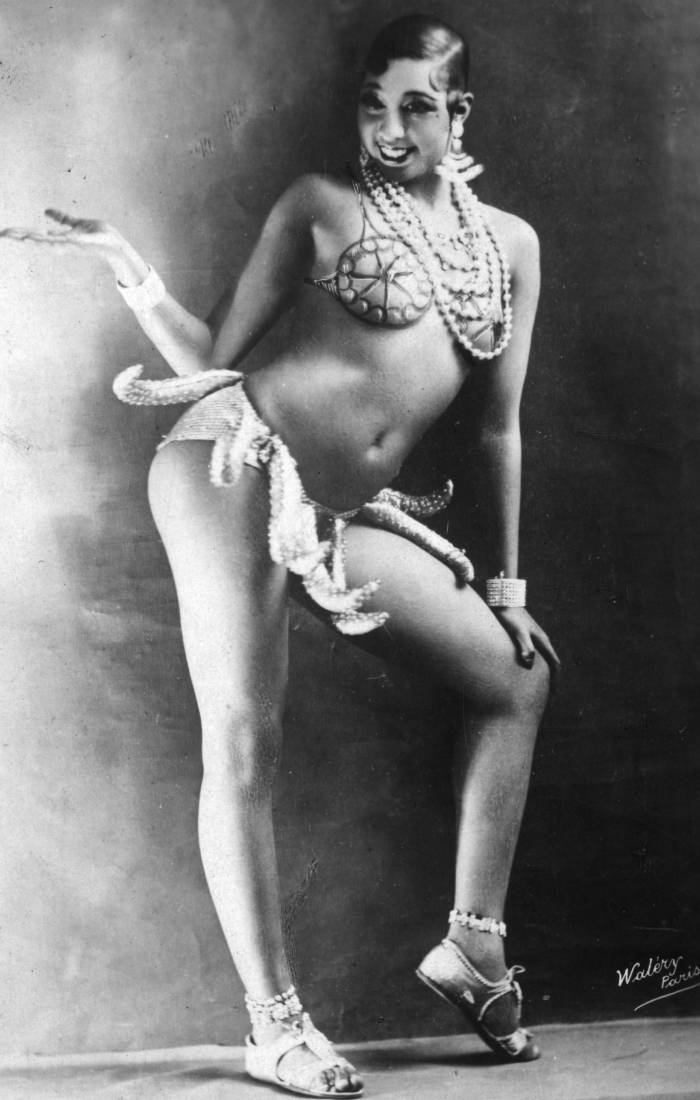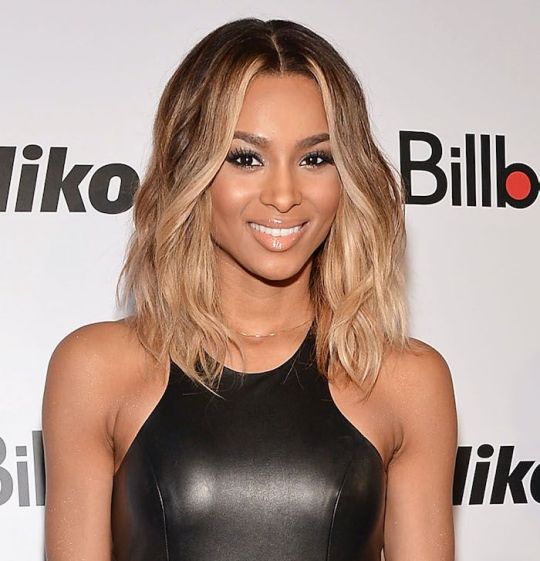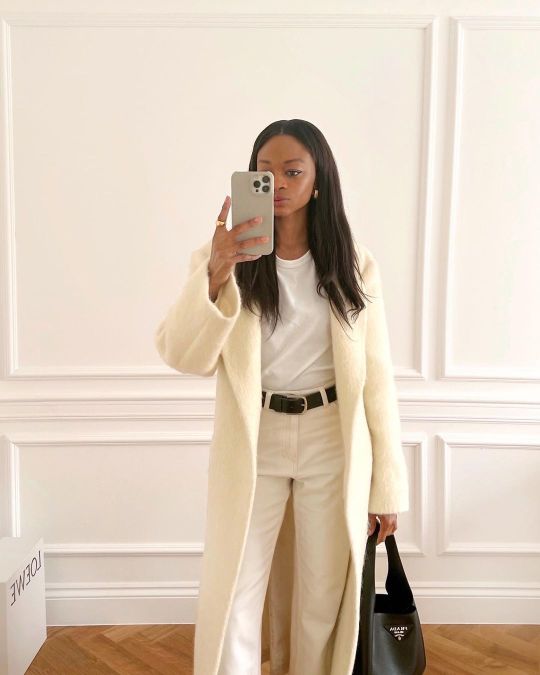
December 17, 2020 at 05:10AM
When it comes to the revolutionary power and the decadent style of Gatsby-era fashion, you can’t deny the freedom-fuelled razzle-dazzle of the 1920s. Flapper dresses with string pearls, feather boas, and cloche hats (worn without a hint of irony), Chanel’s then-radical androgynous “garçonne” silhouette… It was a time of wild abandon, empowering new cuts, shorter hemlines, and unabashed party dressing. Marlene Dietrich, Joan Crawford, and Zelda Fitzgerald (née Sayre) ruled the style scene, and we’re only just getting started on why this is the decade our wardrobes should be really celebrating.
A century later, it might be surprising to learn that we still, perhaps without even realising it, constantly reference this decade in our wardrobes. Not only do we still wear plenty of trends created during that rebellious time (hello, LBD), but the ’20s are also still used as inspiration for the latest collections. Just take the Erdem A/W 20 runway that gave more than a nod to the Jazz Age, referencing iconic photographer Cecil Beaton’s work throughout the collection.
Ready to see who we’re still looking to for style inspiration? Keep scrolling for the complete Who What Wear UK guide to 1920s style, including the trends we’d still wear today. Plus, the fashion icons who remain total #OOTD goals.

To really appreciate the huge shifts in fashion that came with the roaring 20s, it’s important to first set the scene. After the end of World War I in 1918, women in the UK were finally granted the right to vote (but even that was still caveated with restrictions, such as needing to be at least 30 years old), with the same happening stateside in 1920. After the gloom of the war years, economies started to boom, women embraced a bolder, more flamboyant approach to life (cue the short and sassy bob haircuts), and the Jazz Age gave birth to high-octane parties filled with ragtime dancing. Speakeasy bars rebelled against US prohibition, and the art scene exploded with the talents of Ernest Hemingway, F. Scott Fitzgerald, and Pablo Picasso. Naturally, fashion was at the heart of the social rebellion, with Parisian couturiers—most notably Coco Chanel—all embracing the youth of the era.
ADVERTISEMENT
ADVERTISEMENTKate Spade Autumn/Winter Sale |

After swapping belle-époque frocks for men’s overalls to contribute to the war effort (you can’t do much heavy lifting in a tightly laced corset, after all), women shifted radically in the clothes they were willing to wear following World War I. Boned corsets and full skirts were out, and sleek shapes and relaxed fits were in. Naturally, it’s the knee-skimming flapper dress that remains the ultimate symbol of 1920s fashion, with dropped waistlines, pleated skirts, and art-deco embellishments adding serious glamour to cocktail hour.

Coco Chanel, of course, played a huge role in transforming wardrobes throughout the decade. The Parisian switched heavy fabrics for sports-luxe jersey and boxy cuts, ignited the trend for statement costume jewellery (hello, fake pearls and jewelled pendants), delivered the classic LBD in 1926, and inspired “fashionable” women’s trousers while wearing a pair herself on holiday in Deauville.

But it wasn’t just the Chanel show. Competition came from contemporaries, including Jeanne Lanvin, known for her embellished chemise dresses (see an above illustration of Lanvin’s stunning evening wear); Paul Poiret, credited with introducing bohemian harem pants to the artsy style set; and Elsa Schiaparelli—Chanel’s greatest rival—who famously designed the speakeasy soirée dress, a party frock with hidden pockets that could cleverly hide a hip flask.
Thanks to shorter hemlines and advances in fabric technology, hosiery became a huge trend among the bright young things, with sales of stockings and decorative tights going through the roof. Swimwear got skimpier, heels got higher, and voluminous wrap coats with real fur trims became a signature of high society.

When it comes to inspirational fashion muses, the 20s don’t disappoint. From Josephine Baker, the showgirl said to have inspired some of Beyoncé’s stage moves, to Louise Brooks, Greta Garbo, Dietrich, and Zelda Fitzgerald, here are the style icons that still inspire our own wardrobes today.



ADVERTISEMENT
ADVERTISEMENTSports Direct Free Delivery on All Orders! |












ADVERTISEMENT

ADVERTISEMENT
Anya Hindmarch - I AM A PLASTIC BAG







Next up, The biggest spring/summer 2021 fashion trends to know.
This piece was published at an earlier date and has been updated.
Opening Image: Shutterstock
Author Amy Lewis | Whowhatwear
Selected by CWC
ADVERTISEMENT
ADVERTISEMENTUp to 30% off Gift Sets |







